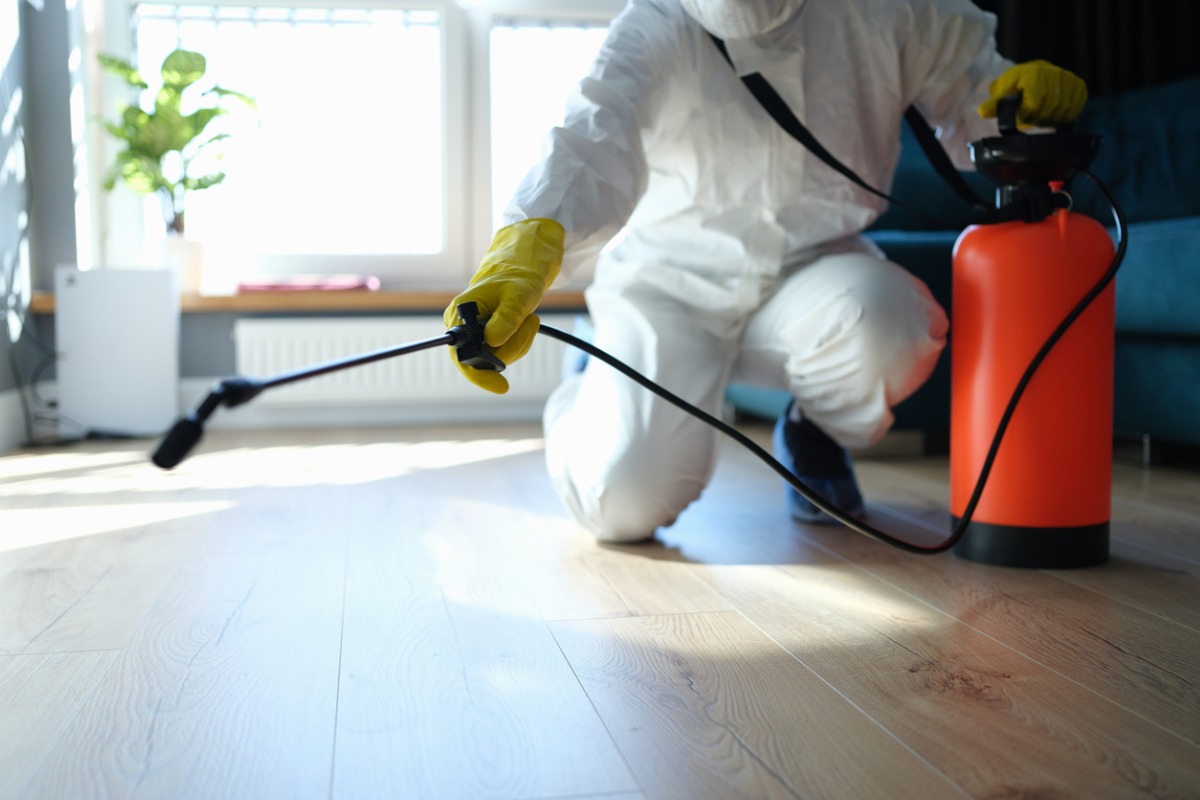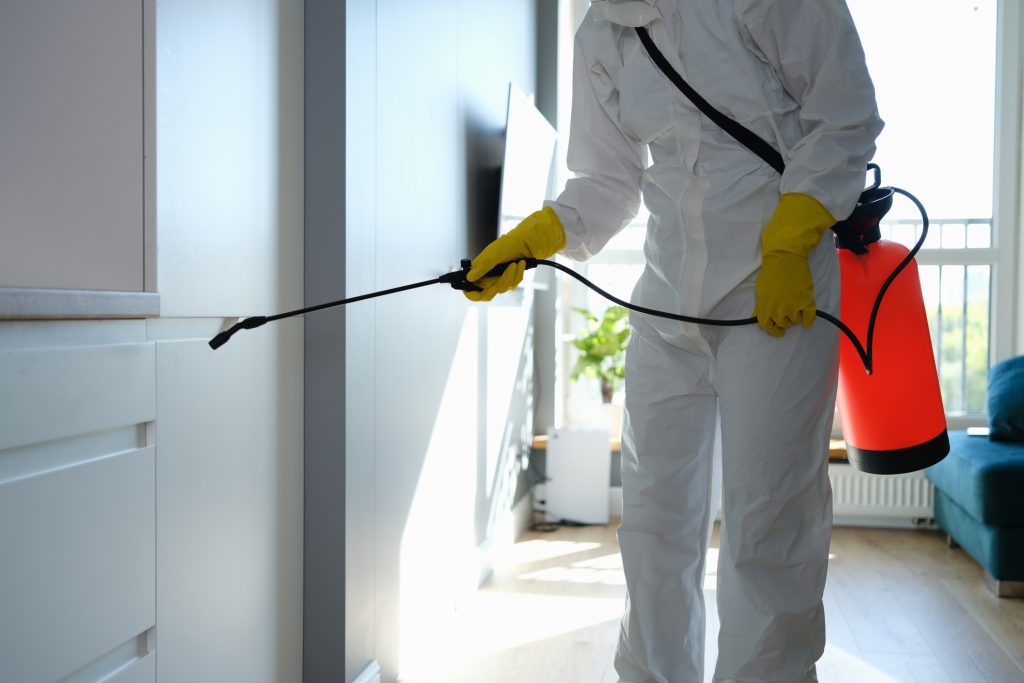Affordable Pest Control to protect your property from rodent problems.
Affordable Pest Control to protect your property from rodent problems.
Blog Article
Eco-Friendly Pest Control Approaches for Managing Wild Animals in Urban Areas
Urban areas frequently find themselves at the crossway of human task and wildlife, leading to distinct challenges in pest monitoring. These methods not only safeguard the environment yet additionally improve community engagement in wildlife management. As metropolitan populations continue to expand, understanding the characteristics of wildlife communications becomes significantly critical.
Comprehending Urban Wild Animals Dynamics
Understanding Urban Wildlife Dynamics is crucial for creating efficient and environment-friendly pest control approaches. Urban locations are progressively becoming environments for various wildlife varieties, driven by aspects such as environment fragmentation, food availability, and human advancement. Recognizing these characteristics enables a nuanced method to pest monitoring that lines up with eco-friendly principles.
Urban wild animals frequently includes varieties such as raccoons, squirrels, and birds, which adjust to city settings, discovering niches in eco-friendly rooms, parks, and even houses. Their visibility can lead to conflicts with human beings, especially when they exploit personnels for food and sanctuary. Understanding the habits and eco-friendly duties of these species notifies approaches that minimize unfavorable communications while advertising biodiversity.
Furthermore, recognizing the interdependencies within city environments aids in identifying vital locations for environment preservation and repair. This expertise adds to the advancement of incorporated bug monitoring (IPM) methods that think about the environmental balance, thereby lowering dependence on unsafe chemicals. By promoting conjunction in between people and city wild animals, cities can develop healthier environments that benefit both locals and local communities, leading the way for sustainable urban living.
All-natural Repellents and Deterrents
All-natural repellents and deterrents use a sustainable choice to traditional parasite control approaches by using the power of nature to maintain unwanted varieties away. These environment-friendly remedies normally use plant-based components, vital oils, and various other naturally occurring materials that hinder parasites without hurting the atmosphere.
One efficient natural repellent is peppermint oil, which is known to ward off rodents and pests. Its strong aroma is unpleasant to many pests, making it a preferred option for urban setups. Vinegar and citrus peels can offer as deterrents, as their strong smells are commonly unattractive to various wild animals.
Furthermore, diatomaceous planet is a natural powder that can be spread out in areas prone to bug activity, properly dehydrating and preventing insects without presenting dangers to non-target varieties. Garlic sprays and neem oil are acknowledged for their ability to fend off a large range of pests, including both pests and larger wildlife.
Applying these natural repellents not only decreases reliance on chemical pesticides however additionally promotes a much healthier urban environment, cultivating an extra balanced coexistence in between humans and wildlife. By making use of these approaches, city areas can efficiently manage insect populations while decreasing ecological influence.
Environment Modification Techniques
Efficient habitat alteration methods play an important duty in lasting parasite management by altering the atmosphere to make it less for pest infestations. By comprehending the ecological dynamics of metropolitan areas, homeowner can apply calculated alterations that prevent pests while promoting biodiversity.
(Organic pest control Port Charlotte)One key method involves preserving appropriate hygiene. This consists of normal waste removal, protecting trash can, and removing standing water to decrease reproducing sites for bugs and rats. Additionally, landscaping Visit Your URL techniques such as selecting indigenous plants can improve environmental equilibrium, offering habitats for useful microorganisms while decreasing resources for insects.
Another crucial method is to seal entry factors in structures. Checking and fixing fractures in foundations, walls, and home windows can considerably lower bug gain access to. Creating physical obstacles, such as fences or plant barriers, can prevent wildlife movement right into human-inhabited locations.
Integrated Parasite Administration Practices
Building upon environment adjustment methods, incorporated bug management (IPM) techniques supply an alternative method to controlling bug populaces while reducing ecological impact. IPM incorporates different techniques, consisting of biological, social, mechanical, and chemical controls, to achieve reliable pest monitoring.
Biological control entails the introduction of natural predators or bloodsuckers to decrease parasite populations. Cultural methods, such as plant turning and cleanliness, interrupt pest life process and decrease their habitats - Pest Control. Mechanical controls, like traps and obstacles, give immediate alleviation from bug stress without chemical treatment
Chemical controls are utilized as a last resource, concentrating on targeted applications that restrict harm to non-target types and the environment. The choice of eco-friendly chemicals, when necessary, is essential to the IPM structure. In addition, monitoring insect populaces and assessing prospective damage helps educate decision-making, making certain that treatments are timely and efficient.
Neighborhood Participation and Education And Learning

(Equine Pest Protection)Workshops and informational sessions can equip locals with expertise concerning native species, environment conservation, and efficient safe parasite management techniques. Partnership with institutions, neighborhood organizations, and government companies additionally boosts instructional outreach, ensuring that vital info gets to varied target markets.
Moreover, community-led initiatives, such as neighborhood clean-up days and habitat restoration projects, not only advertise biodiversity yet additionally reinforce area connections. Pest Control. By motivating citizens to share their experiences and monitorings, communities can develop targeted strategies that address specific local insect issues
Incorporating comments from locals into pest monitoring intends allows a much more responsive and adaptive approach to wild animals difficulties. Eventually, informed and involved neighborhoods are essential to achieving long-lasting success in environment-friendly insect control, resulting in healthier city environments that value both human and environmental requirements.

Final Thought
In verdict, eco-friendly insect control approaches offer sustainable services for taking care of urban wildlife. By prioritizing habitat modification, utilizing natural repellents, and implementing integrated bug monitoring methods, areas can cultivate an unified coexistence with regional animals.
Report this page